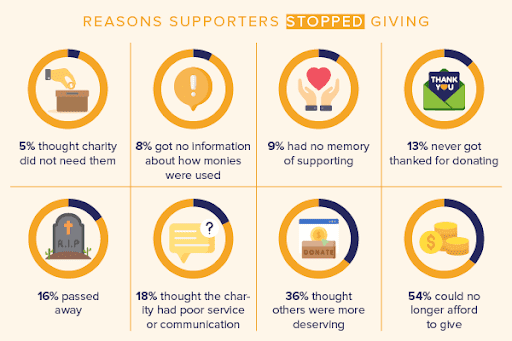You want donors to remember your organization between the times you ask them for money. You want them to think well of you. Storytelling is a time-tested way of attracting readers’ interests and getting them to remember.
Is it better to tell one story at a time, or many?
A Magazine of Stories
The American Civil Liberties Union (ACLU) recently mailed me what looked like a regular news magazine. It had an attractive front cover, an ad on the back cover (for the ACLU!), and a Table of Contents full of articles about issues the organization had addressed. Some of those articles told success stories; others were works in progress.
It was impressive.
It’s a week later, and the magazine has gone out in the recycling bin–and I can only remember one of the stories the ACLU told me. (And that one has been in the mainstream news!)
Am I more likely to give to the ACLU because I received the magazine? Yes, marginally. But it cost them a lot to make that impression on me–and most of the organizations I support don’t have that kind of budget.
What can your organization do instead?
Tell the Right Story to the Right Person
If you really want to make a lasting impression on your donor that will lead to renewed and increased support, find out what they care about. Then, tell them one story about that.
Find out by asking them in your welcome series after their donation, or in a survey, or by calling them on the phone, or by seeing what they post on their own social media. (Record that information in your database or CRM, and segment your list.)
Then, write to them about that specific issue. Nothing else.
If you’re a hospital, send one story to people who care about childbirth and a different story to people who care about hospice.
If you’re a museum, talk to people who care about art preservation with different examples than you use for people who care about art education for children.
And if you’re a social justice organization–even though you know that the issues you work on are all connected!–talk to the donor about protecting voter rights, ending police violence, feeding hungry families, or stopping domestic violence, but not about all of them.
Find out what that donor cares about most. Send them messages just about that issue for the next six months. And watch your end-of-year income rise!

